Identify and Address Chimney Issues Early with Expert Inspection
Regular chimney inspections are essential for ensuring the safety and proper functioning of fireplaces. They help identify potential issues before they become hazardous, reducing the risk of fires and smoke damage.

A chimney cap prevents debris, animals, and water from entering the chimney, protecting the structure and improving safety.

The liner insulates the chimney and directs smoke safely outside, reducing the risk of fire and carbon monoxide buildup.

The damper controls airflow and prevents heat loss when the fireplace is not in use, ensuring efficient operation.

The hearth provides a safe area in front of the fireplace, preventing sparks from igniting surrounding materials.

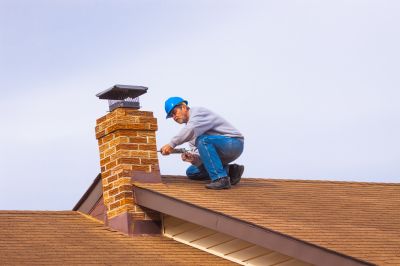
Neglecting chimney maintenance can lead to dangerous creosote buildup, blockages, and structural damage. These issues increase the risk of chimney fires, smoke intrusion, and exposure to harmful gases.
Periodic inspections ensure all components are functioning properly and identify potential hazards early.
Key parts include the chimney cap, liner, damper, and firebox, all of which require regular assessment.
Cracks, rust, or excessive soot can indicate issues needing professional attention.
Expert evaluations help maintain safety, improve efficiency, and prolong the lifespan of the chimney system.
Maintaining a properly functioning chimney is vital for safe and efficient fireplace use. Regular inspections can prevent costly repairs and ensure the safety of the household.
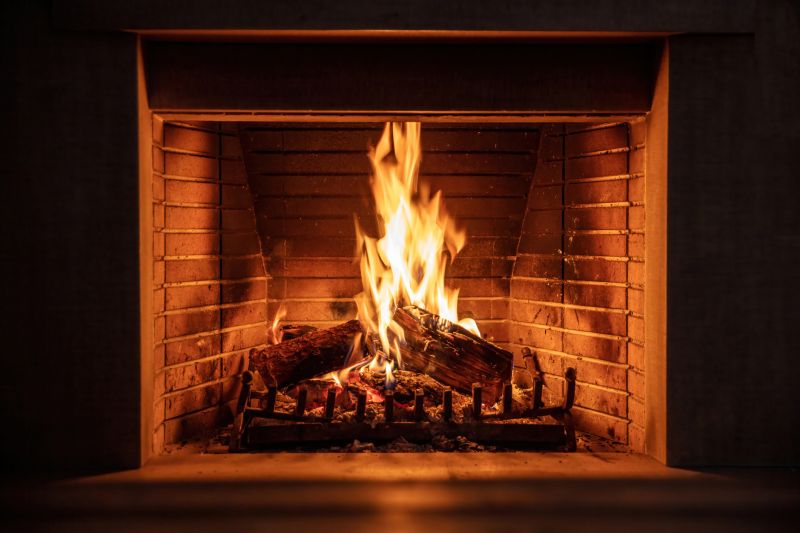
A well-maintained wood fireplace enhances safety and performance.
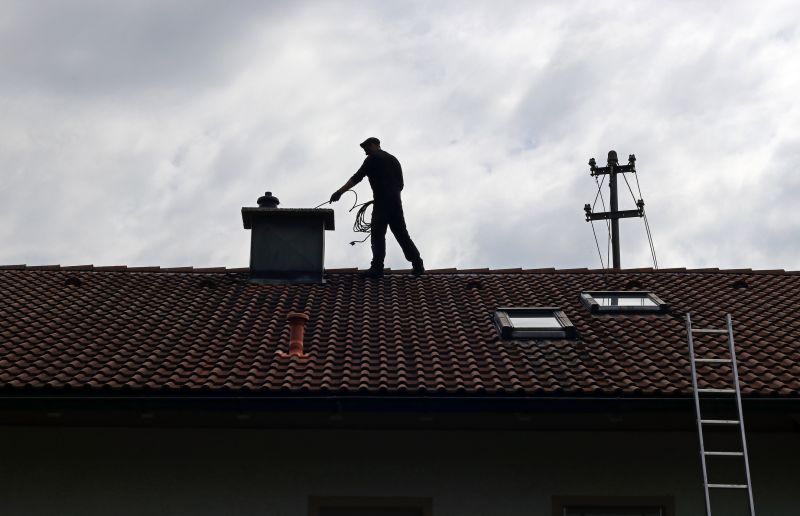
Cleaning removes creosote buildup to reduce fire risk.

Proper damper operation ensures efficient airflow control.
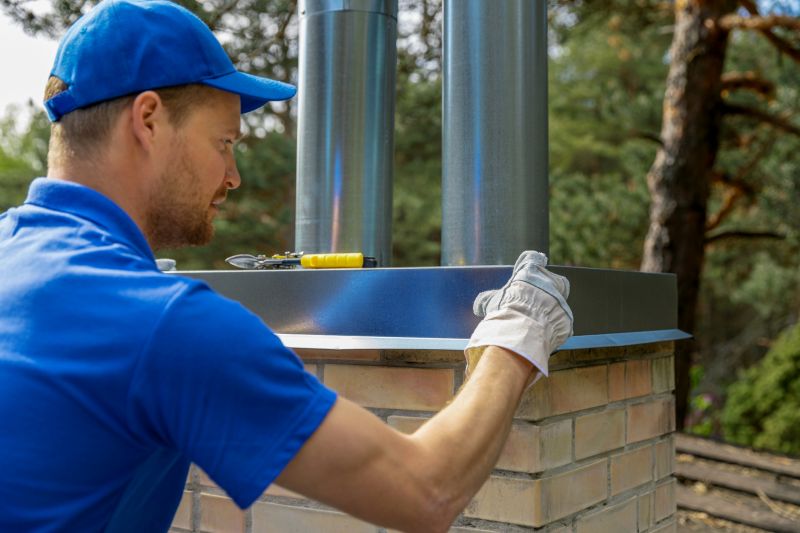
Inspecting the structure helps prevent deterioration and leaks.
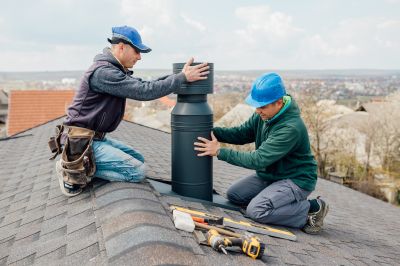
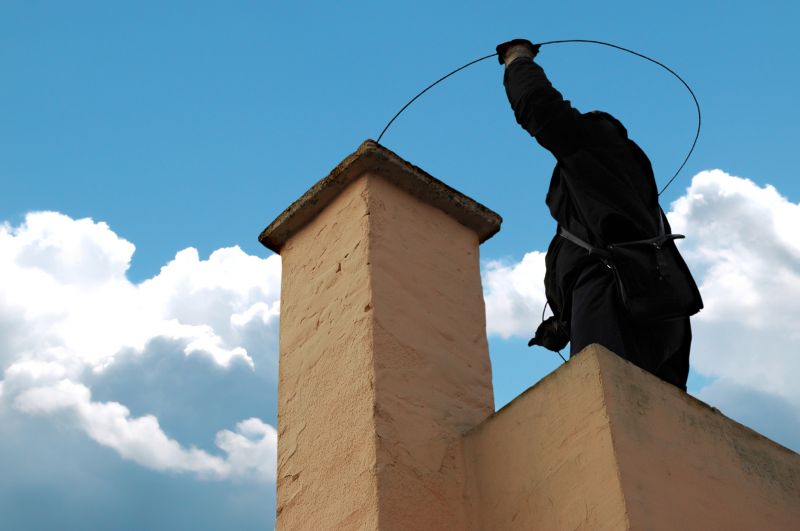
Contact the professional team through the contact form to receive a detailed quote for chimney inspection services. Proper assessment and maintenance contribute to a safer, more efficient fireplace experience.
